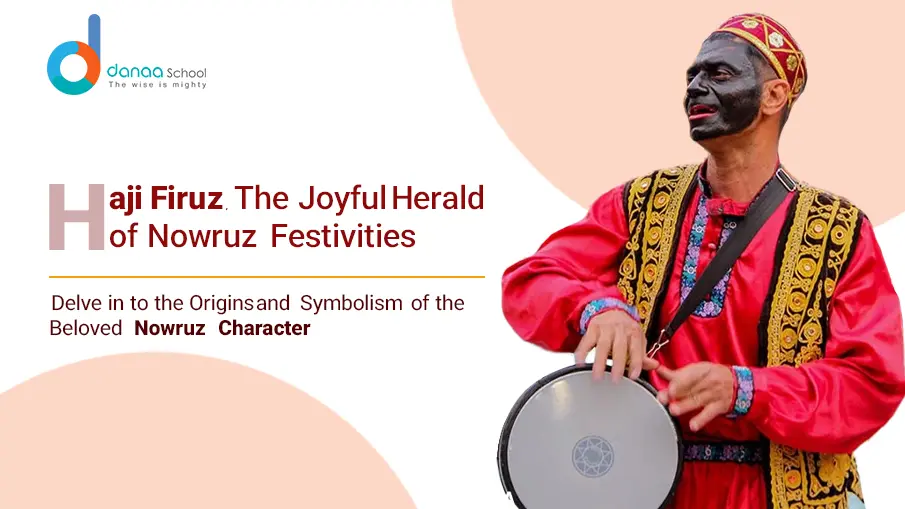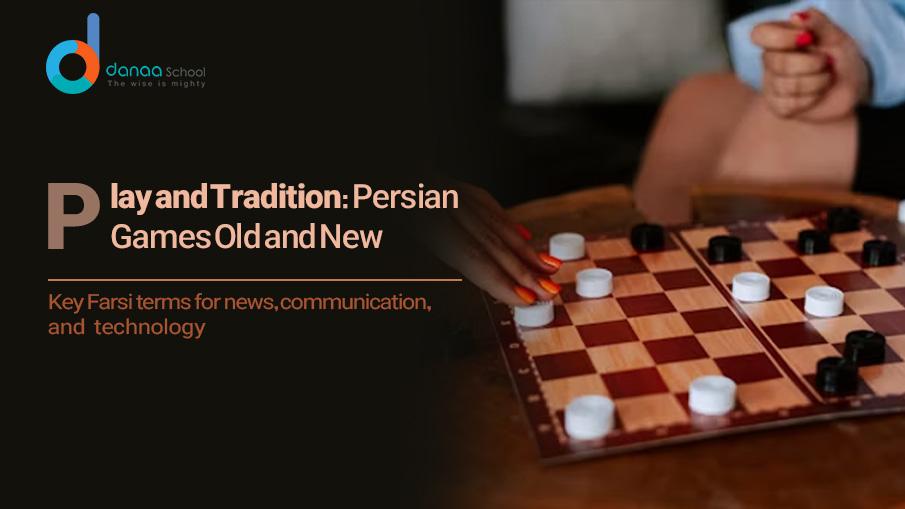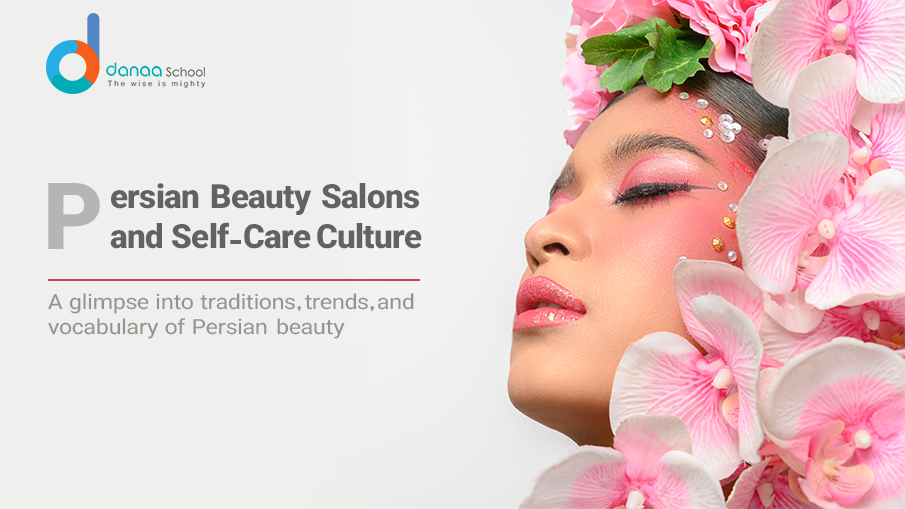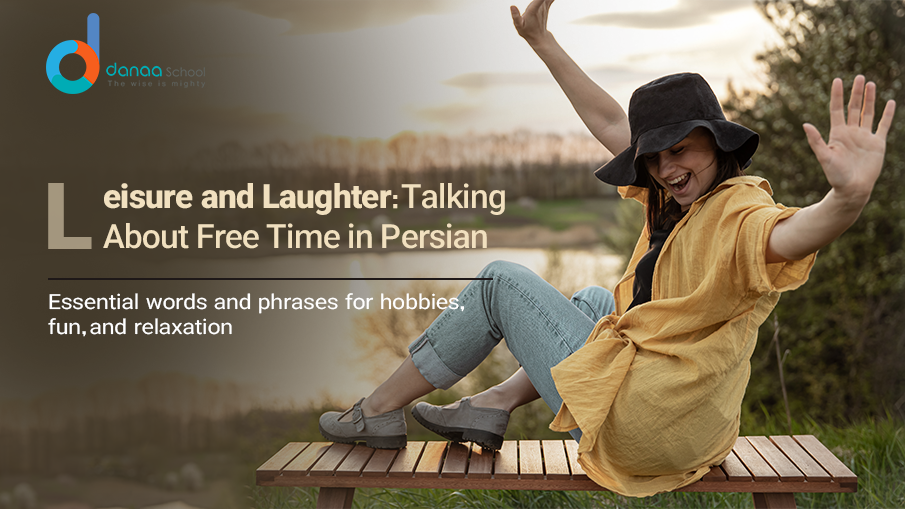Haji Firuz Spreading Joy and Tradition
an iconic figure celebrated during Nowruz, the Persian New Year, holds a special place in the hearts of Iranians and those who partake in the Nowruz festivities globally. His appearance, marked by an upbeat demeanor, vibrant attire, and a blackened face, symbolizes the arrival of spring and the renewal of life. Born out of ancient traditions and folklore, Haji Firuz has become an integral part of Persian culture, embodying the spirit of joy, hope, and community.
Who is Baba Nowruz?
Baba Nowruz, also known as Papa Nowruz, is a legendary figure in Persian folklore, synonymous with the arrival of spring and the renewal of nature. He is depicted as a wise old man with a flowing beard, symbolizing the wisdom of age and the cyclical nature of life.
Baba Nowruz is believed to bring abundance, prosperity, and good fortune to those who welcome him into their homes during Nowruz. His presence is a source of comfort and reassurance, reminding people of the cyclical nature of life and the promise of new beginnings.
The Story of Amoo Nowruz
Amoo Nowruz, or Uncle Nowruz, is another beloved character associated with Nowruz celebrations. He is often depicted as a jovial old man carrying a sack of gifts for children. According to tradition, he travels from house to house, spreading joy and happiness to all who welcome him. Amoo Nowruz symbolizes the generosity and goodwill that characterize the New Year festivities. Children eagerly anticipate his arrival and eagerly await his gifts and blessings.
Origins of Haji Firuz
The origins of Haji Firuz trace back to ancient Persia, with some scholars linking his character to Zoroastrian traditions. However, the modern portrayal of Haji Firuz gained prominence during the Safavid dynasty in Iran.
His character evolved, blending folklore, mythology, and cultural symbolism elements. Haji Firuz’s journey from a humble entertainer to a beloved cultural icon reflects the rich tapestry of Persian history and tradition, shaping the way Iranians celebrate Nowruz to this day.
The Symbolism Behind Haji Firuz
Haji Firuz’s blackened face, colorful attire, and spirited demeanor carry profound symbolism. The blackened face is believed to represent the triumph of light over darkness, echoing the theme of renewal and hope that permeates Nowruz celebrations.
His presence is synonymous with joy, laughter, and the promise of a prosperous year ahead. Through his merry antics and infectious energy, Haji Firuz brings people together, bridging the gap between the old and the new, the past and the present.
Cultural Significance of Haji Firuz
In Persian culture, cis more than just a festive character; he is a cultural icon embodying the spirit of Nowruz. His arrival heralds the start of the New Year, bringing communities together in celebration and fostering a sense of unity and belonging.
From bustling city streets to remote villages, the sound of Haji Firuz’s tambourine resonates, signaling the beginning of festivities filled with music, dance, and laughter. His presence transcends age, gender, and social status, uniting people from all walks of life in a shared celebration of life and renewal.
Evolution of Haji Firuz
Over the centuries, Haji Firuz has undergone various transformations, adapting to changes in society while retaining his essence. From humble beginnings as a simple entertainer, he has evolved into a symbol of resilience, tradition, and cultural pride.
Despite the passage of time, Haji Firuz remains an integral part of Nowruz festivities, cherished by young and old alike. Each generation adds its unique twist to the legend of Haji Firuz, ensuring that his legacy continues to thrive in the hearts and minds of Iranians around the world.
Haji Firuz Traditions and Celebrations
During Nowruz, Haji Firuz takes to the streets, captivating audiences with his lively performances. His presence is felt throughout Iran and beyond, from bustling marketplaces to quiet neighborhoods. Families gather to watch his comedic skits, sing along to his songs, and join in the festive spirit that he embodies.
His playful antics and infectious energy add to the joyous atmosphere of Nowruz celebrations. As he dances through the streets, children follow in his wake, eagerly awaiting the gifts and treats he bestows.
Differences Between Haji Firuz and Baba Nowruz
While Haji Firuz is known for his exuberance and playfulness, Baba Nowruz is revered as a wise elder, symbolizing the passage of time and the wisdom gained from experience. While both figures are associated with Nowruz, they represent different aspects of the New Year celebrations.
Haji Firuz brings laughter and merriment, while Baba Nowruz imparts blessings and guidance for the year ahead. Together, they form a dynamic duo, embodying the dual nature of life – the joy of youth and the wisdom of age.
Haji Firuz Around the World
While Haji Firuz is deeply rooted in Persian culture, similar characters and traditions can be found in other regions celebrating the arrival of spring and the New Year. From Central Asia to the Caucasus, variations of Haji Firuz exist, each with its unique customs and folklore.
Despite cultural differences, the spirit of joy and renewal embodied by Haji Firuz transcends borders, uniting people in celebration. His character is a testament to the universality of human experience, reminding us of our shared humanity and the power of tradition to connect us across time and space.
Controversies Surrounding Haji Firuz
Despite his popularity, Haji Firuz has faced criticism and controversy over the years, particularly regarding his portrayal and the perpetuation of racial stereotypes. Some argue that his blackened face and exaggerated features reinforce negative stereotypes, while others defend his character as a beloved cultural icon.
The debate surrounding Haji Firuz highlights the complexities of cultural representation and the importance of sensitivity in celebrating traditions. While acknowledging these concerns, many continue to embrace Haji Firuz as a cherished symbol of Nowruz and Persian culture, emphasizing his role as a source of joy and unity.
Modern Interpretations of Haji Firuz
In recent years, efforts have been made to reinterpret Haji Firuz in a more culturally sensitive manner, emphasizing his role as a symbol of joy and celebration. Artists, writers, and performers have explored new interpretations of Haji Firuz, showcasing his enduring relevance in contemporary society.
While controversies persist, many continue to embrace Haji Firuz as a cherished symbol of Nowruz and Persian culture, emphasizing his role as a source of joy and unity. By embracing diversity and respecting different perspectives, we can ensure that Haji Firuz’s legacy endures for generations to come, inspiring joy and celebration in the hearts of people around the world.
Haji Firuz in Popular Culture
Haji Firuz’s influence extends beyond traditional celebrations, permeating popular culture in various forms. From music and literature to film and television, his character has been immortalized in art and entertainment, further solidifying his place in Persian folklore. Whether portrayed as a mischievous jester or a symbol of cultural pride, Haji Firuz continues to captivate audiences worldwide with his timeless charm and irrepressible spirit.
His image adorns posters, merchandise, and advertisements, reminding him of the enduring appeal of Persian culture and the universal themes of joy, renewal, and celebration.
Conclusion
In conclusion, Haji Firuz represents more than just a festive character; he embodies the spirit of Nowruz and the resilience of Persian culture. Despite evolving interpretations and occasional controversies, his presence continues to unite communities in celebration and foster a sense of joy and belonging.
As we welcome each new spring and embrace the promise of renewal, let us remember the enduring legacy of Haji Firuz and the timeless traditions he represents. By honoring our past and embracing our cultural heritage, we can ensure that Haji Firuz’s spirit lives on, bringing joy and celebration to future generations.
Join Danaa School today and start a journey to deepen your understanding of Iranian culture, literature, and diverse celebrations! Immerse yourself in the rich tapestry of traditions, stories, and festivities that make Iran unique. Join us to learn Farsi with Danaa School.
FAQs
1. Is Haji Firuz only celebrated in Iran?
– While Haji Firuz is most closely associated with Iranian culture, variations of similar characters and traditions can be found in other countries celebrating the New Year. From Azerbaijan to Afghanistan, Haji Firuz’s influence extends across borders, reflecting the universality of joy and celebration.
2. What is the significance of Haji Firuz’s blackened face?
– The blackened face of Haji Firuz has multiple interpretations, symbolizing the triumph of light over darkness, the cleansing of the old year’s troubles, and the renewal of life. While some view it as a playful disguise, others see it as a potent symbol of transformation and rebirth.
3. How do people celebrate Haji Firuz during Nowruz?
– People celebrate Haji Firuz in various ways, from attending street performances and concerts to hosting private gatherings and parties. His presence adds to the festive atmosphere, encouraging people to come together and celebrate the arrival of spring and the New Year with music, dance, and merriment.
4. Are there any specific rituals associated with Haji Firuz?
– While Haji Firuz himself is not associated with specific rituals, his presence during Nowruz often coincides with traditional customs and practices. These may include jumping over bonfires, exchanging gifts, visiting loved ones, and partaking in festive meals featuring traditional dishes and sweets.
5. What is the message behind Haji Firuz’s presence during Nowruz?
– Haji Firuz’s presence during Nowruz embodies the spirit of joy, renewal, and community. His lively performances and cheerful demeanor inspire people to let go of past grievances, embrace the present moment, and look forward to the future with optimism and hope. As a symbol of resilience and cultural pride, Haji Firuz reminds us of the power of celebration to uplift spirits and unite hearts in times of joy and adversity.
6. What are some traditional foods associated with Haji Firuz celebrations?
– Traditional Nowruz foods enjoyed during Haji Firuz celebrations vary depending on regional preferences, but common dishes include sabzi polo ba mahi (herb rice with fish), ash reshteh (herb and noodle soup), and various sweets like baklava and sohan. These dishes symbolize prosperity, abundance, and the arrival of spring.
7. How has the portrayal of Haji Firuz evolved?
– The portrayal of Haji Firuz has evolved alongside societal changes and cultural shifts. While traditionally depicted as a joyful and carefree character, modern interpretations often emphasize his cultural significance and seek to address concerns regarding racial stereotypes. Today, efforts are made to celebrate Haji Firuz while promoting cultural sensitivity and inclusivity.










